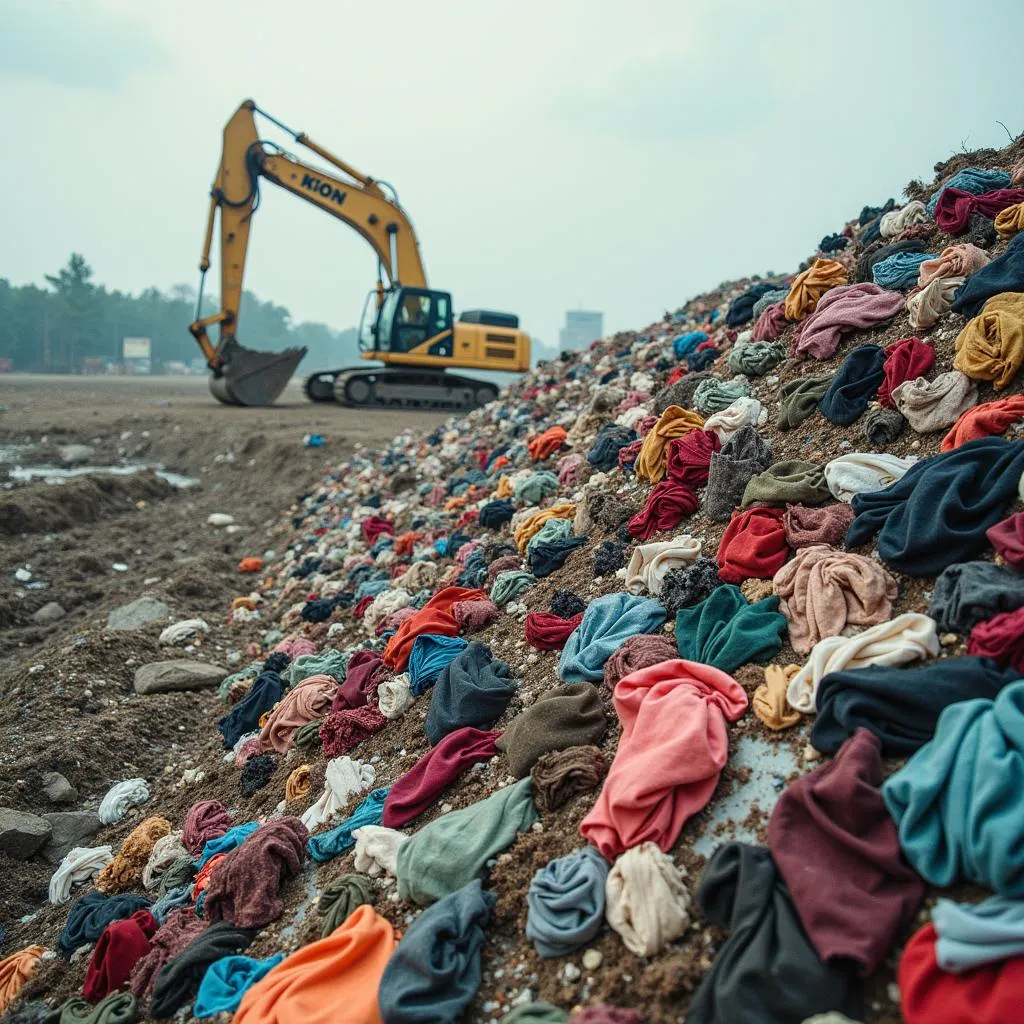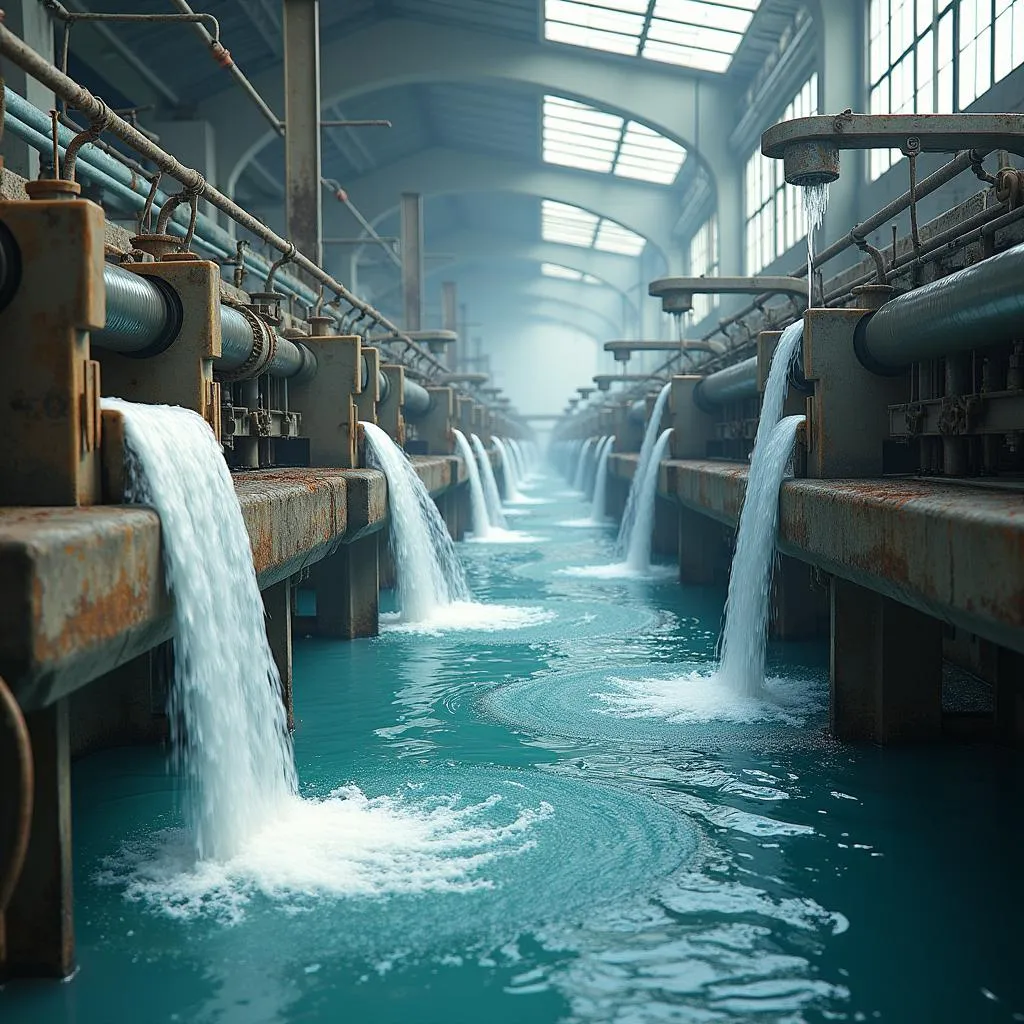In the PTE exam, the “Summarize Written Text” task assesses your ability to understand and condense information from a given passage into one single sentence. Fast fashion’s social and environmental costs have become an especially prominent topic, as this issue directly ties into current global challenges. In this practice exercise, we’ll focus on this theme to provide you with a valuable learning experience.
Summarize Written Text Practice #1: Fast Fashion’s Hidden Costs
Prompt:
Fast fashion refers to the accelerated production of cheap, trendy clothing, which captures the designs of high-end fashion brands and brings them to stores in a remarkably short time. While this increases the availability of affordable fashion, it comes at significant social and environmental costs. Workers in developing countries often endure poor labor conditions and low wages, while the rapid production cycle results in excessive waste due to overproduction. On average, 85% of all textiles produced annually end up in landfills, adding a significant burden to already strained waste management systems. Additionally, the demand for cheap fabrics results in increased use of synthetics, which are non-biodegradable and further pollute the environment, particularly water resources via microplastic contamination. Consequently, the true price of fast fashion extends far beyond the low prices displayed on clothing tags.
Summarize the passage in one sentence.
Sample Answers
Band 79+
Fast fashion leads to numerous social and environmental issues, including poor working conditions in developing countries and immense textile waste polluting landfills and water sources, making cheap clothing far more expensive in long-term ecological damage.
Analysis:
- Content: The answer accurately summarizes the main points, including the social consequences (worker exploitation) and environmental costs (textile waste and water pollution).
- Form: Sentence length and structure are ideal, with a clear cause-and-effect established.
- Grammar: The sentence uses correct grammar with no errors.
- Vocabulary: High-level terms like “immense” and “ecological damage” are employed appropriately.
- Spelling: No spelling mistakes.
 Fast fashion textile waste and poor labor conditions
Fast fashion textile waste and poor labor conditions
Band 65-78
Fast fashion involves affordable clothing but leads to harmful environmental impacts such as high textile waste and social issues like exploitation of labor in poorer countries.
Analysis:
- Content: The main points are included, although the focus on some details like microplastic contamination is missing.
- Form: Form is still good, but the sentence could be more complex to reflect nuances.
- Grammar: Grammar is generally correct, but room for improvement in the complexity of sentence structures.
- Vocabulary: The vocabulary used is adequate yet not as varied or advanced as in higher-level responses.
- Spelling: No spelling issues.
Band 50-64
Cheap clothes of fast fashion cause bad working conditions and many textiles end up in landfills which harm the environment.
Analysis:
- Content: While the basic idea is present, this answer lacks details such as the role of synthetic fabrics and microplastic pollution.
- Form: The sentence is incomplete in ideas and overly simple for this band score.
- Grammar: Some grammatical issues like the incorrect use of “cause” in the phrase “cause bad working conditions.”
- Vocabulary: Vocabulary is very basic, with overly repetitive and simplistic wording.
- Spelling: Spelling is accurate.
Summarize Written Text Practice #2: Fashion and Environmental Impacts
Prompt:
The textile industry is one of the largest contributors to water pollution globally, primarily due to the excessive use of synthetic materials like polyester. These non-biodegradable fibers shed microplastics into water systems during both manufacturing and subsequent washing by consumers. Furthermore, excessive water consumption during cotton cultivation has a detrimental impact on regions already facing water scarcity. The polluting effects of dyeing processes also contribute significantly to ecological damage, making the fashion industry’s water use among the most unsustainable of all modern industries. Addressing these environmental repercussions requires both industry reform and a shift in consumer habits toward more sustainable clothing choices.
Summarize the passage in one sentence.
Sample Answers
Band 79+
The textile industry’s reliance on synthetic materials, excessive water use, and harmful dyeing processes cause severe aquatic pollution, demanding industry overhauls and changes in consumer behavior to mitigate environmental damage.
Analysis:
- Content: All main points are included: synthetic materials, water usage, and dyeing processes.
- Form: Appropriate sentence structure with clarity and sufficient complexity.
- Grammar: The grammar is flawless, with appropriate punctuation.
- Vocabulary: Vocabulary selection is sophisticated (“mitigate,” “overhauls”).
- Spelling: Correct.
 Textile industry water pollution and synthetic materials
Textile industry water pollution and synthetic materials
Band 65-78
The fashion industry is harming the environment primarily through water pollution due to synthetic materials and dyeing processes, which requires both reforms in production and conscious consumer decisions.
Analysis:
- Content: The response successfully captures the key points, though it could elaborate more on cotton cultivation.
- Form: Form is mostly correct, but clarity could be improved by separating different pollutants.
- Grammar: Minor issues in clarity and phrasing.
- Vocabulary: Intermediate-level vocabulary, with some range but lacking precision.
- Spelling: No spelling errors.
Band 50-64
The fashion industry causes water damage by using plastic materials and dyeing clothes, which needs to change.
Analysis:
- Content: Lacks sufficient coverage of key points such as consumer behavior and cotton’s water consumption.
- Form: Oversimplified sentence structure.
- Grammar: Basic mistakes in verb usage with “causes water damage.”
- Vocabulary: Extremely basic and limited vocabulary.
- Spelling: No spelling errors.
Vocabulary and Grammar Analysis
Here’s a list of 10 advanced vocabulary terms pulled from the practice examples that might be useful to know:
-
Exploitation /ˌɛksplɔɪˈteɪʃən/ (noun): The act of treating someone unfairly in order to benefit from their work.
Example: The exploitation of labor in the fast fashion industry is increasingly criticized. -
Non-biodegradable /nɒnˌbaɪəʊdɪˈɡreɪdəbəl/ (adjective): Not capable of being broken down by natural means.
Example: Polyester is a non-biodegradable material that contributes to pollution. -
Overhaul /ˈəʊvəhɔːl/ (verb): To take apart and repair, or to reform and improve completely.
Example: The industry requires a complete overhaul to reduce environmental damage. -
Scarcity /ˈskeəsi/ (noun): The state of being in short supply; shortage.
Example: Cotton cultivation in regions with water scarcity should be addressed. -
Mitigate /ˈmɪtɪɡeɪt/ (verb): To make less severe, serious, or painful.
Example: Mitigating the environmental damage requires changes in production processes. -
Unsustainable /ˌʌnsəˈsteɪnəbəl/ (adjective): Not able to be maintained at the current rate or level.
Example: The modern fashion industry’s water usage is unsustainable. -
Textile /ˈtɛkstʌɪl/ (noun): A type of cloth or woven fabric.
Example: Textile waste from overproduction is overwhelming landfills. -
Microplastic /ˈmʌɪkrəʊˌplastɪk/ (noun): Extremely small pieces of plastic debris in the environment.
Example: Microplastics from synthetics pollute oceans and rivers. -
Ecological /ˌiːkəˈlɒdʒɪkəl/ (adjective): Relating to the relationships of living organisms to one another and to their physical surroundings.
Example: The ecological cost of fast fashion is reflected in widespread pollution. -
Pollutant /pəˈluːtənt/ (noun): A substance that pollutes something, especially water or the atmosphere.
Example: Synthetic fibers are a significant pollutant in marine environments.
Conclusion
Fast fashion is one of the most prominent topics in recent PTE tests for Summarize Written Text, particularly given the rising focus on sustainability. The sample questions offered above allow you to gain practical insights into the type of social and environmental issues that you might encounter during the exam. Keep practicing, and feel free to share your thoughts or ask questions in the comments to refine your skills for the PTE exam!